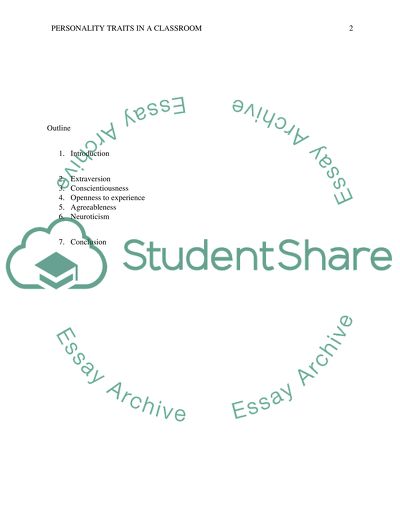Cite this document
(“Different Personality Traits and how the teacher can adapt to them Article”, n.d.)
Retrieved from https://studentshare.org/psychology/1470730-different-personality-traits-and-how-the-teacher
Retrieved from https://studentshare.org/psychology/1470730-different-personality-traits-and-how-the-teacher
(Different Personality Traits and How the Teacher Can Adapt to Them Article)
https://studentshare.org/psychology/1470730-different-personality-traits-and-how-the-teacher.
https://studentshare.org/psychology/1470730-different-personality-traits-and-how-the-teacher.
“Different Personality Traits and How the Teacher Can Adapt to Them Article”, n.d. https://studentshare.org/psychology/1470730-different-personality-traits-and-how-the-teacher.


